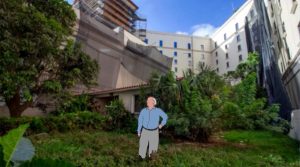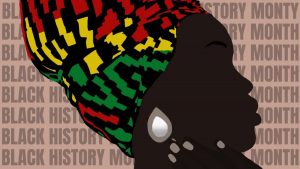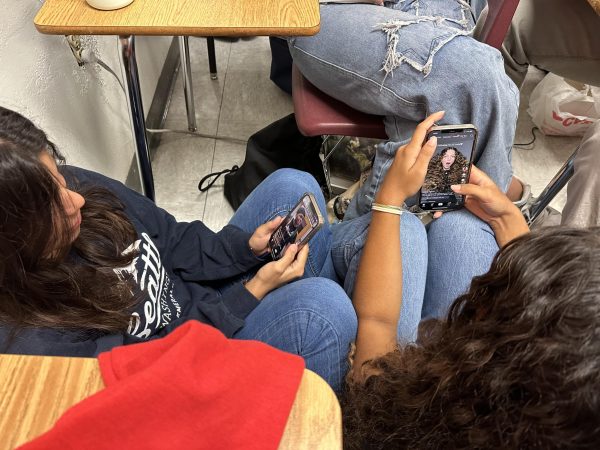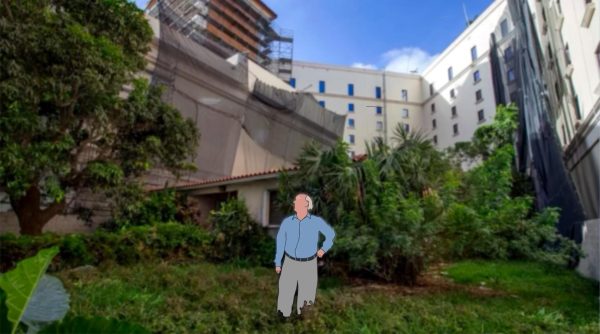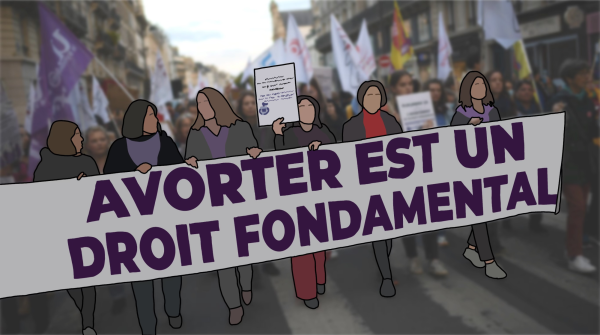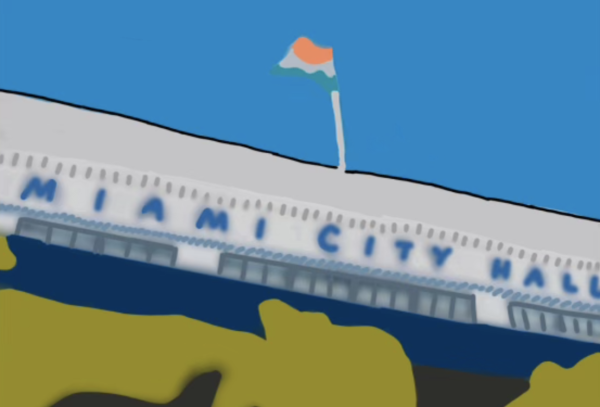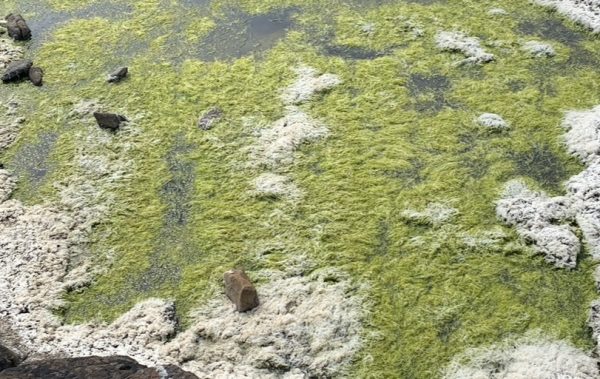Volcanic Eruption in Guatemala kills 99

The eruption is responsible for nearly 70 recorded deaths and over 200 missing people since sunday june 3.
Jun 5, 2018
The death toll has risen to 99 after Guatemala’s Fuego volcano erupted on Sunday, June 3 and released a fast-moving mixture of ash, rock and volcanic gases known as pyroclastic flow. In addition to the casualties, the eruption resulted in hundreds of injuries and 3,200 evacuations.
Located on the Ring of Fire, a horse-shoe-shaped ring of volcanoes, earthquake sites and tectonic plates around the Pacific, Fuego is one of Central America’s most active volcanoes. As compared to the recent eruptions of Hawaiian volcano Kīlauea, its activity proves more destructive and deadly because it does not release lava during an eruption, but pyroclastic flow. This gray substance can reach temperatures of 1,300 °F and speeds of 90 miles per hour, making it hard to outrun on foot or even in a car.
Those who fell victim to the pyroclastic flow were engulfed in the searing mixture and often rendered unrecognizable by the extreme heat. In the aftermath of the event, officials struggle to identify many of the bodies they uncover in the volcanic ash-covered towns surrounding Fuego. Additionally, over 200 people have been reported missing since the eruption on June 3.
In the towns adjacent to Fuego, recent satellite images reveal severe and devastating property damage. The town of San Miguel Los Lotes saw the most destructive effects – according to the United Nations, nearly half of the 411 buildings within the damaged area were in this village.
Though the volcano itself is located 27 miles west of Guatemala City, its effects are felt throughout the nation. Warnings of airborne ash and debris were issued in 17 states, two of which were also warned of volcanic emissions. In the rush to get to safety, many displaced people left with few possessions and are now without basic needs.
Freshman Daniela Para Del Riego aims to change this after seeing personally how the eruptions have affected the nation. “I lived in Guatemala for three years, and seeing how terribly it affected the people there made me want to take action,” she said.
Para Del Riego began raising awareness of the eruption via Instagram just the day after it occurred, and collecting clothes bring to the people of Guatemala when she travels there on June 18. “We decided to collect clothes because that is what is always needed there,” freshman Daniela Para Del Riego said.
Humanitarian groups, both local and international, have rushed to provide support to the people of Guatemala following this natural disaster. Following three days of national mourning declared by Guatemalan president Jimmy Morales, the nation has begun its long road to reconstructing and repairing the damage caused in the last week.











